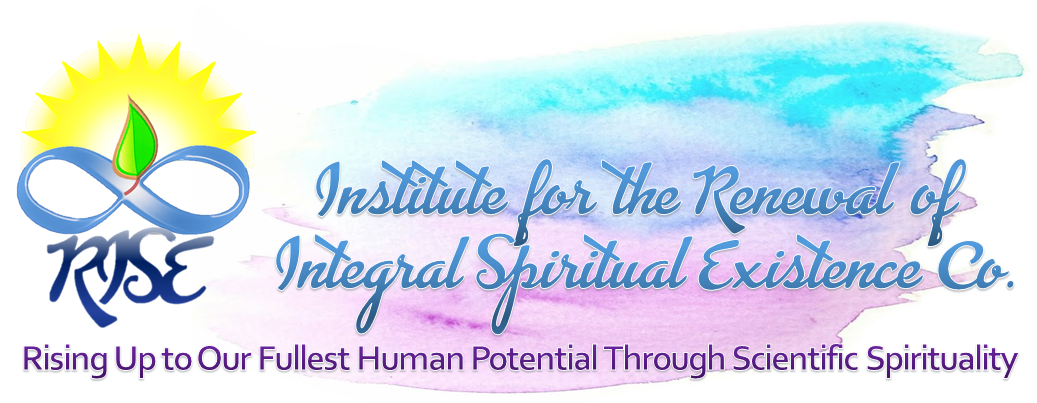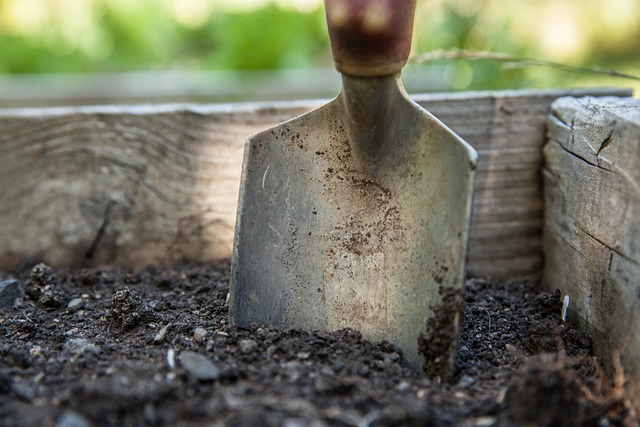The article discusses the crucial role of microbial mats as foundational elements of Earth’s biosphere, highlighting their resilience and ability to regulate planetary conditions over billions of years. These complex communities, found in diverse environments such as hydrothermal vents and arctic ice, operate through intricate interactions that recycle essential elements like carbon and nitrogen, thereby stabilizing ecosystems. The mats have survived numerous catastrophic events, serving as refuges for life and facilitating the evolution of more complex organisms by sharing genetic material.
Editor’s Note: The findings on microbial mats underscore a profound understanding of life’s resilience and interconnectedness, challenging our perceptions of ecological stability and evolution. These ancient communities not only illustrate the intricate web of life that sustains our planet but also highlight the potential for microbial systems to inform sustainable practices in agriculture, environmental management, and climate resilience.
Recognizing that these organisms have thrived through cataclysmic changes prompts us to reconsider our relationship with nature, emphasizing the need for humility and stewardship in our interactions with the biosphere. As we face unprecedented environmental challenges, the lessons from microbial mats serve as a reminder that life’s persistence is rooted in cooperation and adaptability, urging us to adopt similar principles in our efforts to foster a more sustainable future.
Surely, this gives a whole new meaning to the words, “stay grounded”! [Also read Nature’s Healing Power in a Digital World].
Read Original Article
Read Online
Click the button below if you wish to read the article on the website where it was originally published.
Read Offline
Click the button below if you wish to read the article offline.





